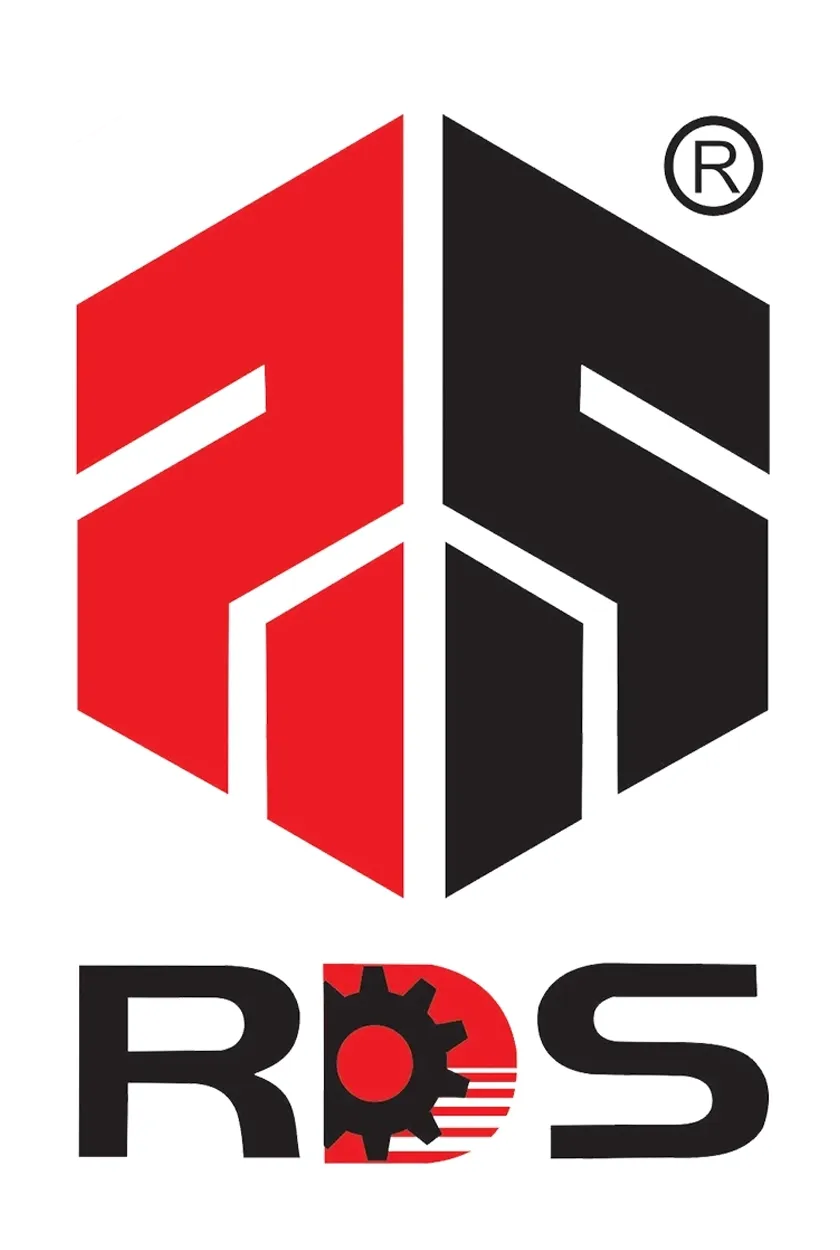21st Century’s Top Advanced Material: Carbon Fiber
Carbon fiber, a high-performance material with over 90% carbon content, is produced through the decomposition of organic fibers into a carbon backbone structure under high temperatures.It possesses the inherent characteristics of carbon materials while retaining the flexibility and workability of textile fibres. Consequently, it finds extensive application in wind turbine blades, aerospace, sports and leisure, pressure vessels, carbon/carbon composites, and transport infrastructure. It stands as an indispensable strategic material for national economic development.
Classification
1. By Raw Material
Carbon fibres are categorised into three primary raw material systems: polyacrylonitrile-based, pitch-based, and viscose-based. Among these, pitch-based and viscose-based carbon fibres have relatively limited applications and production volumes. Polyacrylonitrile-based carbon fibres, however, possess superior structural and functional characteristics, making them the predominant variety in carbon fibre development and application, accounting for over 90% of global production.
2. By Fibre Quantity
Carbon fibres can be categorised as small-tow or large-tow based on fibre quantity. Small-tow carbon fibres refer to those with <24K tow quantities, initially dominated by 1K, 3K, and 6K, gradually evolving to 12K and 24K. These fibres exhibit outstanding mechanical properties, with tensile strengths ranging from 3500 to 7000 MPa and tensile moduli between 230 and 680 GPa. They are primarily employed in high-tech sectors such as defence, aerospace, and military applications, as well as in sports and leisure goods. Examples include aircraft, missiles, rockets, satellites, fishing tackle, golf clubs, and tennis rackets.
Large-tow carbon fibres typically denote those with tow counts exceeding 48K, including 48K, 60K, and 80K variants. These exhibit tensile strengths of 3500–5000 MPa and tensile moduli of 230–290 GPa. Primary applications span automotive manufacturing, wind turbine blades, energy-efficient construction, textiles, medical and healthcare equipment, electromechanical systems, civil engineering, and transportation infrastructure.
Small-tow carbon fibres offer superior performance but command higher prices, whereas large-tow variants exhibit relatively lower performance yet reduced costs. The primary advantage of large-tow fibres over small-tow types lies in substantially increasing single-line production capacity under identical manufacturing conditions, thereby achieving cost-effective production. Furthermore, they demonstrate higher lay-up efficiency during composite fabrication, potentially reducing production costs by over 30%.
3. By Mechanical Properties
Tensile strength and tensile modulus are the two most critical indicators for evaluating carbon fibre performance. Tensile strength typically denotes the maximum stress a material can withstand before fracture, while tensile modulus represents the ratio of stress to strain during elastic deformation, reflecting material stiffness. Carbon fibers are categorized into two series: T-series (high-strength carbon fibers) and M-series (high-modulus carbon fibers). The T-series carbon fibers are more widely used in the market, including grades such as T300, T400, T700, T800, and T1100.
RDS Composite can provide carbon fiber products according to customer’s requirements. Our products are carefully managed from raw material procurement through the entire production process to ensure they meet international standards. We are committed to providing you with reliable quality products and timely delivery of services.
 EN
EN






















